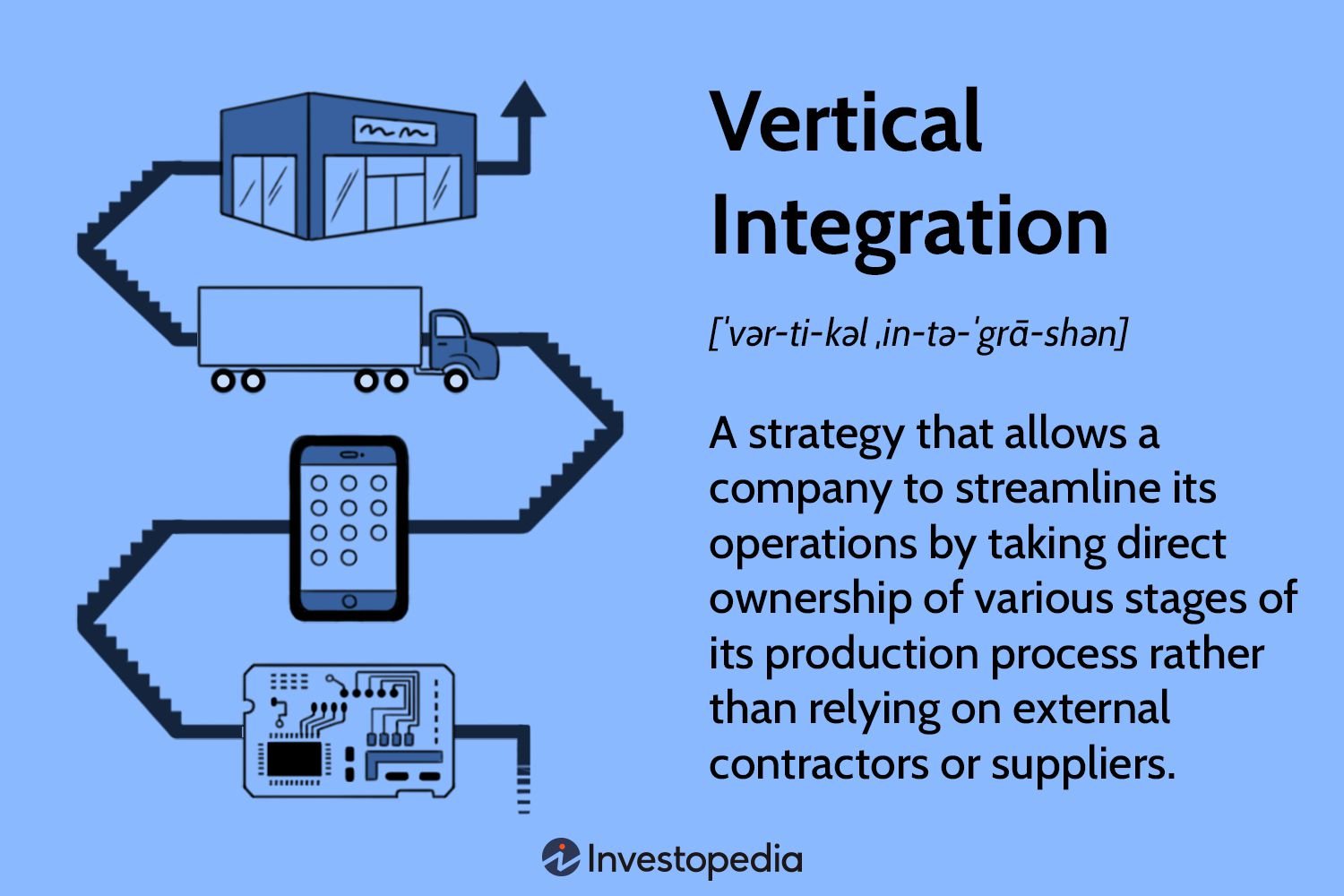
“What was the core business that made Standard Oil a horizontally integrated monopoly? Oil refining. Picture this: a sprawling empire, dominating the oil industry in the late 19th century, thanks to its strategic control over refining operations. Standard Oil’s aggressive expansion and consolidation of refineries across the country fostered unparalleled market power. Let’s delve into the fascinating journey of how this key business activity propelled Standard Oil to unparalleled success and infamy.”
What Was the Core Business That Made Standard Oil a Horizontally Integrated Monopoly?
Standard Oil, under the shrewd leadership of John D. Rockefeller, revolutionized the oil industry in the late 19th and early 20th centuries. One of the key strategies that propelled Standard Oil to dominance was its horizontal integration. This approach involved consolidating control over the entire oil supply chain, from production to distribution, allowing the company to achieve remarkable economies of scale and effectively monopolize the industry. Let’s delve into the core business practices that enabled Standard Oil to become a vertically integrated powerhouse.
1. Acquiring Oil Refineries
At the heart of Standard Oil’s business model was the acquisition of oil refineries across the United States. By purchasing competing refineries, Rockefeller was able to centralize operations, streamline production processes, and drive down costs through economies of scale. This aggressive strategy allowed Standard Oil to control a significant portion of the refining capacity in the country, giving it a competitive edge over smaller players in the market.
Centralized Refining Operations
– Standard Oil consolidated its refining operations to maximize efficiency and minimize costs.
– By centralizing refineries under its control, the company could standardize processes and optimize production.
Economies of Scale
– With a large number of refineries under its umbrella, Standard Oil could negotiate better deals with suppliers and reduce manufacturing expenses.
– The company’s size and scale enabled it to lower production costs per unit, putting pressure on smaller competitors.
2. Establishing a Robust Distribution Network
In addition to refining operations, Standard Oil focused on building a comprehensive distribution network to ensure its products reached consumers efficiently. The company invested heavily in pipelines, tanker cars, and storage facilities, creating a seamless transportation infrastructure that spanned the country.
Pipeline Network Expansion
– Standard Oil pioneered the use of pipelines to transport oil over long distances, reducing reliance on railroads and lowering transportation costs.
– The company’s extensive pipeline network allowed it to reach new markets and control the flow of oil across the country.
Strategic Storage Facilities
– By strategically locating storage facilities in key regions, Standard Oil could respond quickly to changes in demand and maintain a competitive edge.
– The company’s storage infrastructure enabled it to stockpile oil during periods of oversupply and release it when prices were favorable, maximizing profits.
3. Vertical Integration with Oil Wells
To further solidify its position in the industry, Standard Oil pursued vertical integration by acquiring oil wells and securing a stable supply of crude oil. By controlling the source of its raw materials, the company reduced its dependence on external suppliers and gained more control over pricing and production schedules.
Acquisition of Oil Wells
– Standard Oil strategically purchased oil wells to ensure a consistent supply of crude oil for its refineries.
– By owning oil wells, the company could dictate production levels and adjust output based on market conditions.
Control Over Supply Chain
– Vertical integration allowed Standard Oil to oversee every stage of the production process, from extraction to distribution.
– By controlling the entire supply chain, the company could optimize efficiency, reduce costs, and maintain a competitive advantage in the market.
4. Market Dominance through Aggressive Expansion
As Standard Oil grew in size and influence, it aggressively expanded its market presence by acquiring competitors and forming strategic partnerships. Through a series of mergers and acquisitions, the company extended its reach both domestically and internationally, solidifying its position as the largest oil refiner in the world.
Acquisitions and Mergers
– Standard Oil acquired rival companies to eliminate competition and consolidate market share.
– The company’s mergers and acquisitions allowed it to expand into new regions and gain a stronghold in emerging markets.
Strategic Partnerships
– Standard Oil formed strategic partnerships with railroads, shipping companies, and other industry players to strengthen its distribution network.
– By collaborating with key stakeholders, the company enhanced its operational capabilities and maintained its dominance in the market.
In conclusion, Standard Oil’s success as a horizontally integrated monopoly can be attributed to its strategic consolidation of refineries, establishment of a robust distribution network, vertical integration with oil wells, and aggressive expansion through acquisitions and partnerships. By controlling every aspect of the oil supply chain, Standard Oil was able to achieve unparalleled economies of scale, drive down costs, and maintain a stranglehold on the industry for decades.
11 years later ❤️ @shrads
Frequently Asked Questions
How did Standard Oil achieve horizontal integration monopoly?
Standard Oil achieved a horizontally integrated monopoly by focusing on its core business of refining and transporting oil. This involved acquiring smaller oil refineries and companies to control the entire supply chain and eliminate competition.
What role did refining oil play in Standard Oil’s horizontal integration?
Refining oil was essential for Standard Oil’s horizontal integration strategy as it allowed the company to standardize the quality of the final product, streamline operations, and lower production costs.
How did Standard Oil’s control over transportation contribute to its monopoly?
Standard Oil’s control over transportation, such as pipelines and railroads, was crucial in establishing its monopoly by ensuring the efficient and cost-effective movement of oil from refineries to distribution points, giving the company a competitive edge.
Why was acquiring smaller oil companies important for Standard Oil’s horizontal integration?
Acquiring smaller oil companies was important for Standard Oil as it enabled the company to expand its market share, eliminate competition, and consolidate its control over the oil industry, ultimately strengthening its position as a monopoly.
What advantages did horizontal integration provide Standard Oil in the market?
Horizontal integration provided Standard Oil with advantages such as economies of scale, increased efficiency in operations, greater bargaining power with suppliers and distributors, and the ability to set prices in the market due to limited competition.
Final Thoughts
In conclusion, the core business that made Standard Oil a horizontally integrated monopoly was its control and dominance in the oil refining industry. Through strategic acquisitions and aggressive business tactics, Standard Oil established a vast network of refineries, pipelines, and distribution channels, enabling it to effectively control the entire production process from drilling to retail. This vertical integration allowed Standard Oil to eliminate competition, control prices, and maintain a monopoly over the oil industry, ultimately solidifying its dominance and influence.



